








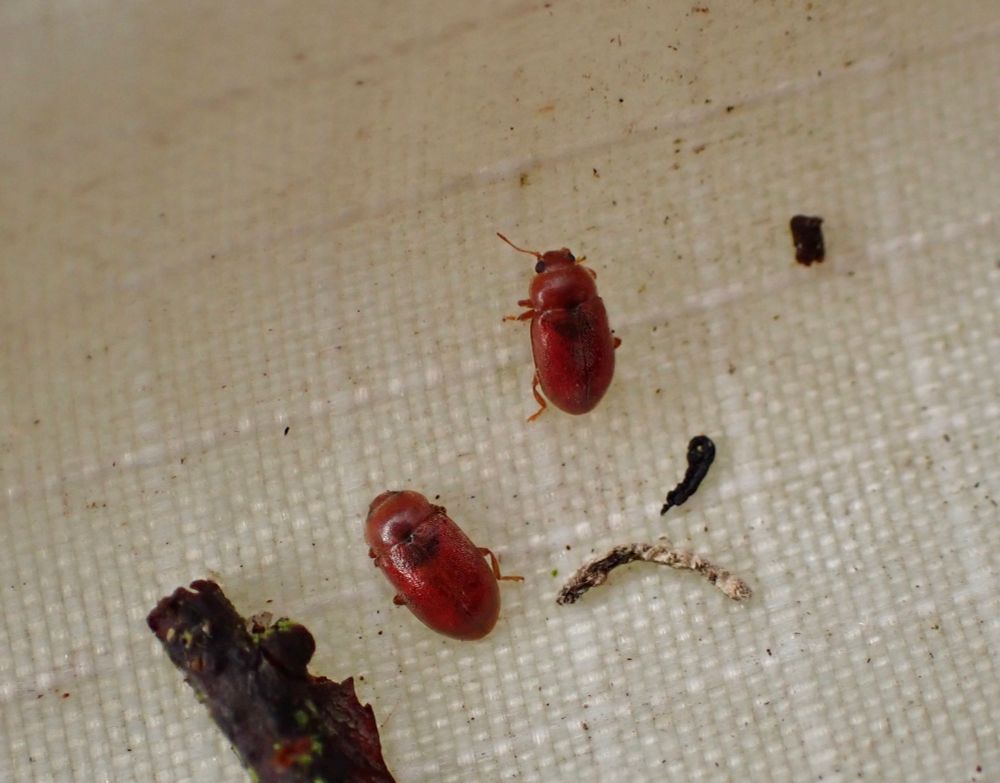






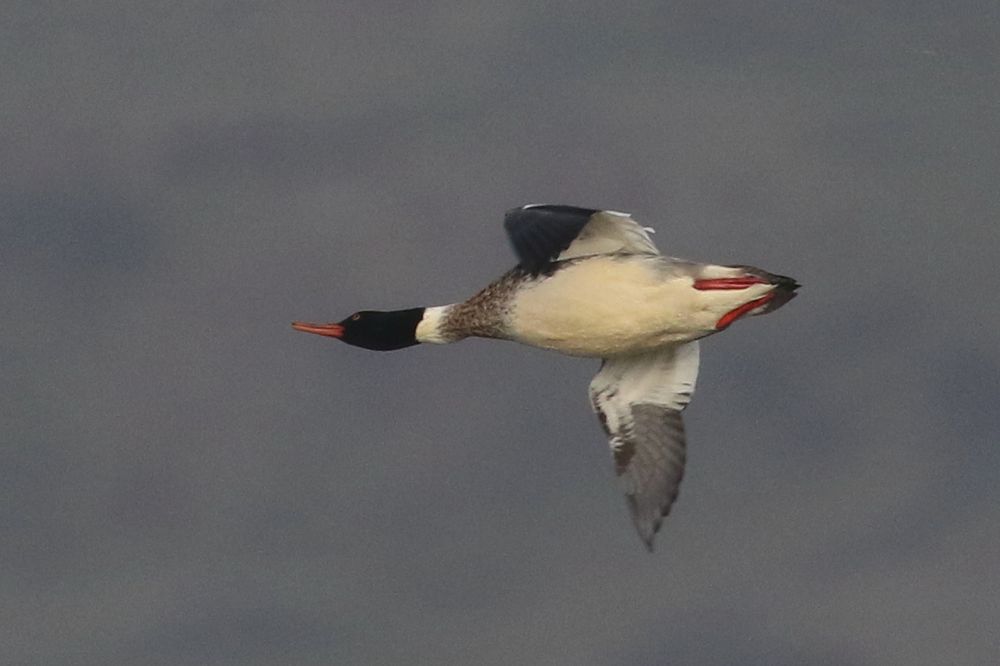







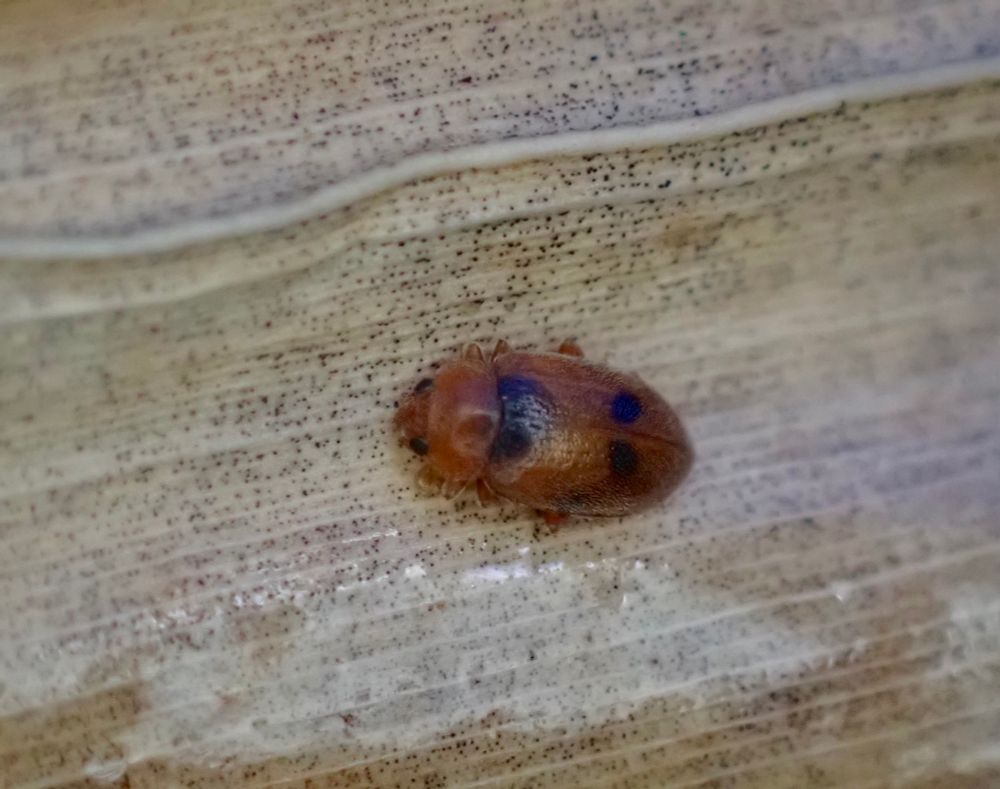

@ukladybirds.bsky.social
@srucnews.bsky.social




@ukladybirds.bsky.social
@srucnews.bsky.social
Instead of a photo, here's a short video from Borneo. Normally I don't condone handling of wildlife, but something was obviously stuck beneath our truck. You might say we were a bit surprised about what our guide pulled out...
Instead of a photo, here's a short video from Borneo. Normally I don't condone handling of wildlife, but something was obviously stuck beneath our truck. You might say we were a bit surprised about what our guide pulled out...






Huge thanks to @morganemerien.bsky.social for pointing this out on a recent University of Canterbury field trip - it's great fun teaching entomology!
#Invertebrate 🧪
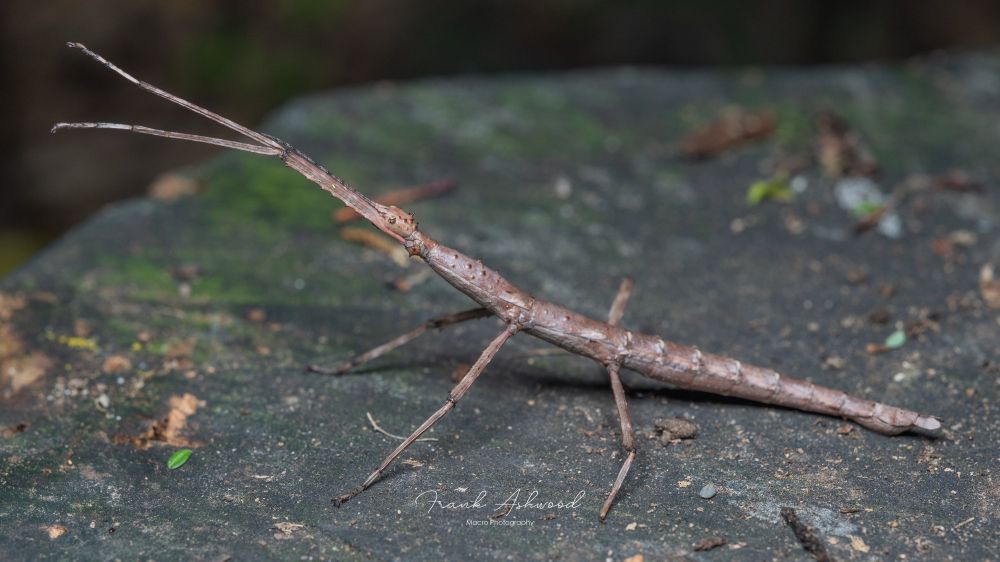
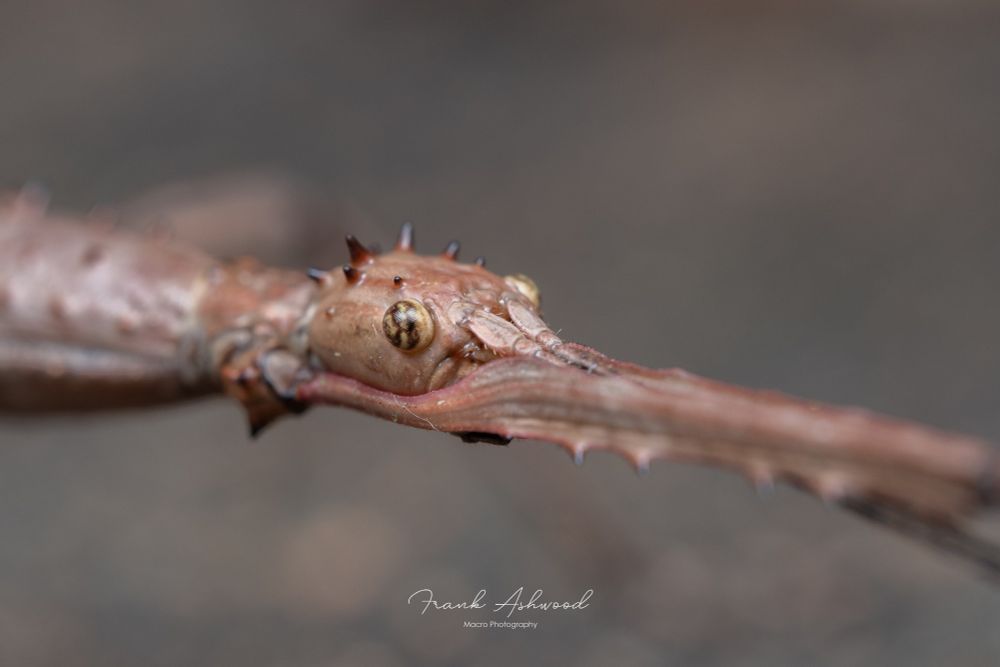
@pelagic.bsky.social
pelagicpublishing.com/products/the...

@pelagic.bsky.social
pelagicpublishing.com/products/the...
Save up to 25% on selected identification guides and atlases — from plant galls to wasps, perfect for autumn and winter learning.
Shop now: buff.ly/IRByfaa

Save up to 25% on selected identification guides and atlases — from plant galls to wasps, perfect for autumn and winter learning.
Shop now: buff.ly/IRByfaa















